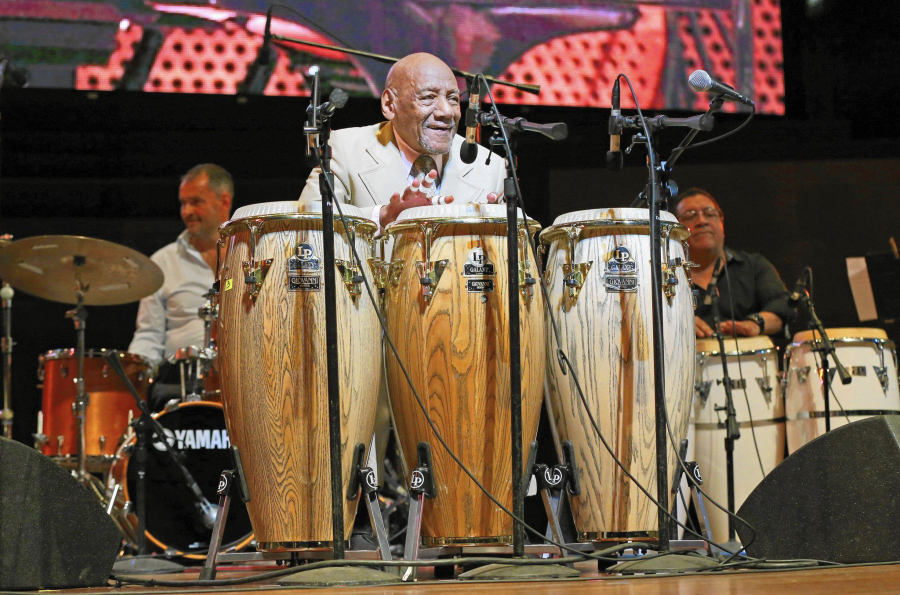Yes, there’s something to celebrate in 2021: this year’s jazz centennials.
Several jazz luminaries were born 100 years ago, when the art form was still in its youth. They’re all gone now, but their influence lives on. Let’s raise a glass to these giants:
• Astor Piazzolla, March 11. Listeners can debate where (or if) Piazzolla fits in the jazz pantheon, in that he’s universally revered for his explorations and innovations in tango. But as far as I’m concerned, his genius in developing a profoundly folkloric music in the most complex, sophisticated ways places him in a league with jazz visionaries Jelly Roll Morton, Louis Armstrong and Duke Ellington, among others. That the Argentinian tango transformed the way the world heard rhythm — just as swing did in the United States — underscores the point. (Died July 4, 1992, age 71.)
• Erroll Garner, June 15. Above all, I hear joy whenever Garner is at the piano. Not just in terms of his rhythmic exuberance but the sheer breadth of pianistic languages he commands. From Harlem stride to fast-flying bebop, from uptempo swing to lush balladry, Garner summoned them all with seeming effortlessness. Then, too, where would we be without “Misty,” Garner’s most famous composition and the touchstone of a somewhat creepy Clint Eastwood film, “Play Misty for Me.” (Died Jan. 2, 1977, age 53.)
• Candido Camero, April 22. Was there a jazz legend that Cuban conguero Camero didn’t play with? In the 1940s, he recorded with revered Cuban bandleader Machito and played Havana’s pivotal Tropicana nightclub. By the 1950s he was in the United States and collaborating with one of the primary architects of Afro-Cuban jazz, trumpeter Dizzy Gillespie. Camero also ignited rhythms for Charlie Parker, Miles Davis, Sonny Rollins, Dinah Washington, Stan Kenton, Lena Horne, Coleman Hawkins, Tony Bennett and more. (Died Nov. 7, 2020, age 99.)



